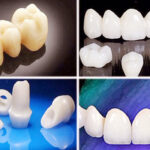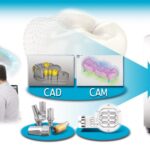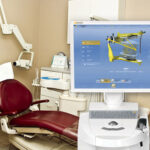- Your cart is empty
- Continue Shopping
Why Pindex Dental Procedure Needs a Plastic Plate and Dowel Pins
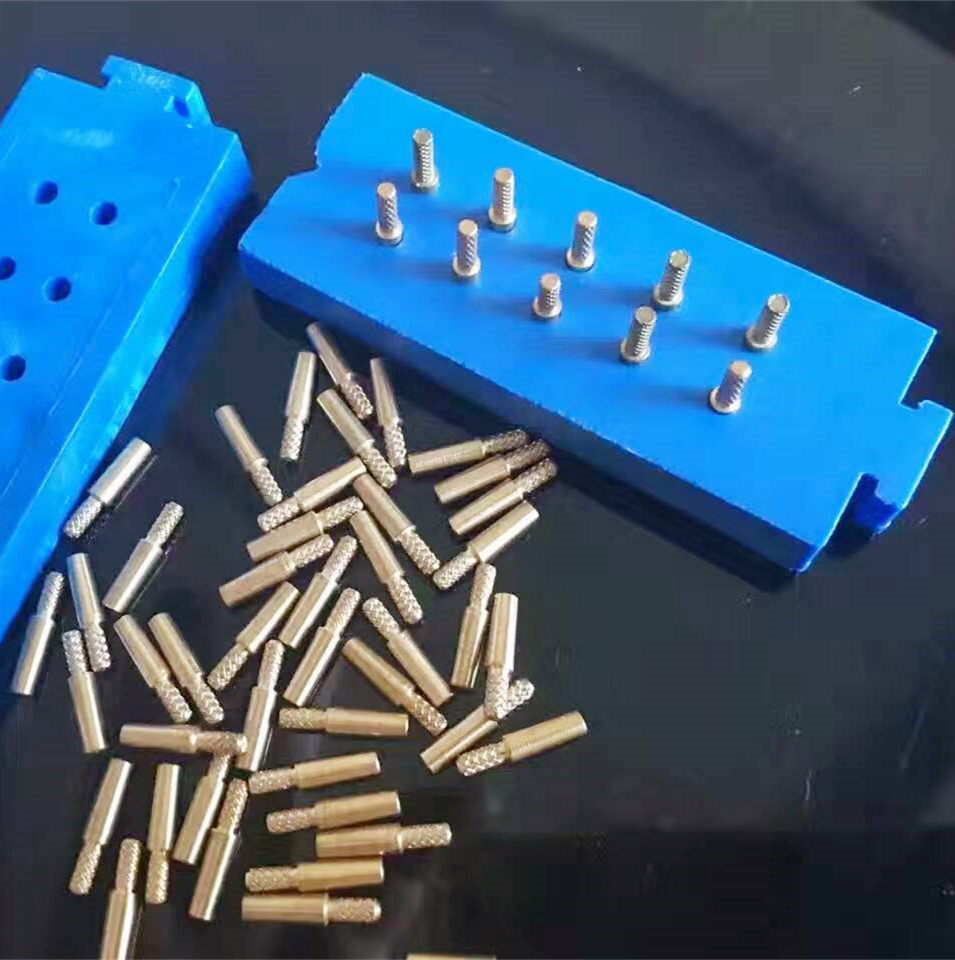
In a dental lab, precision is everything. When fabricating crowns, bridges, or implant-supported restorations, the model must be stable, accurate, and easy to reposition. That’s where the Pindex system, plastic plates, and dowel pins come into play.
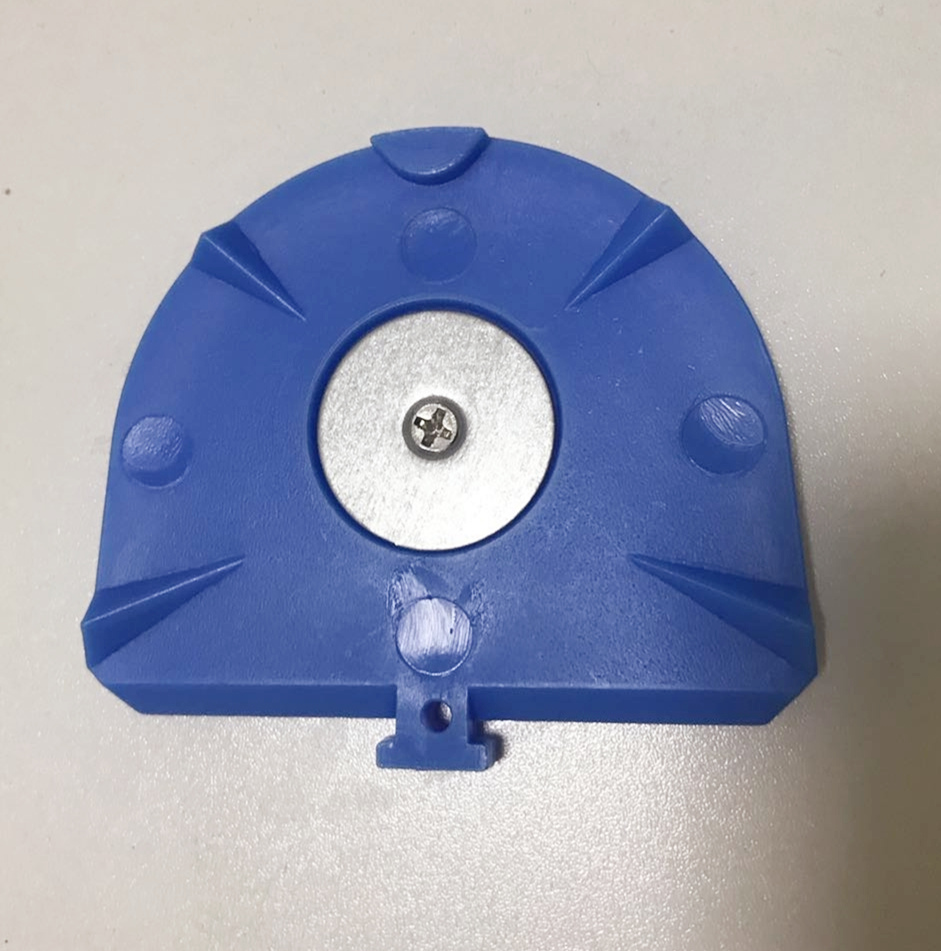
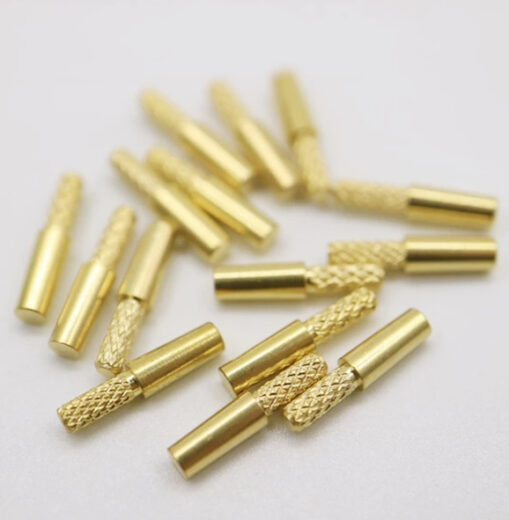

Why Use a Plastic Plate?
The plastic plate acts as a stable foundation for drilling holes with the Pindex dental unit. Without it, drilling directly into the plaster model could lead to:
- Misaligned holes, affecting the accuracy of repositioning.
- Model damage, since plaster is brittle and can crack during drilling.
- Unstable positioning, making it difficult to remove and reassemble sections correctly.
With a plastic plate, holes are drilled consistently and precisely, ensuring perfect alignment for dowel pins.
Why Use Dowel Pins?
Dowel pins are critical for maintaining precise repositioning of model sections. They:
- Allow technicians to remove and replace individual sections without shifting.
- Ensure accurate alignment during wax-ups, implant placement, and crown fitting.
- Prevent misalignment, which could impact restoration accuracy.
Without dowel pins, technicians cannot reliably put model sections back in place, leading to errors in prosthetic fabrication.
Correct Pindex Workflow in a Dental Lab
1. Laser-Guided Drilling & Dowel Pin Placement
- Place the plastic plate over the model.
- Use the Pindex dental unit to drill holes precisely.
- Insert dowel pins into each drilled hole for accurate repositioning.
2. Model Sectioning (Saw Cutting)
- Using a fine saw, carefully cut the model into sections.
- Each section remains aligned and stable because of dowel pins.
3. Wax-Up, Crown Prep, Implant Abutment Design
- Remove individual sections as needed.
- Perform wax-ups, crown shaping, and implant work.
- Work on each section separately without disturbing the full model.
4. Final Reassembly into Die Stone Base
- After restoration is complete, place all sections into a new poured die stone base.
- Dowel pins guide accurate repositioning, keeping the model precisely aligned.
- Once hardened, the model remains stable and ready for final fabrication.
Conclusion
Using a plastic plate and dowel pins in the Pindex procedure ensures precision, stability, and easy model handling. Without them, repositioning is difficult, leading to errors in prosthetic fabrication.
For dental technicians, mastering the Pindex workflow means creating high-quality restorations with accuracy and efficiency.


